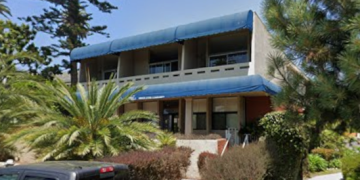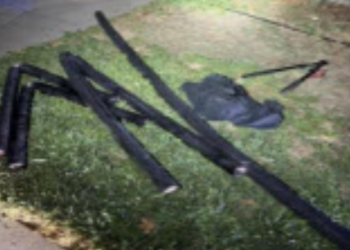Once again, a logical solution to California’s estimated $25 billion budget quandary stares the state in the face. All the money that would be needed to keep all services going, pay all state employees and meet pension obligations now sits in government hands.
Back when the budget deficits ran only about $9 billion to $10 billion (those good old days were only about two or three years ago), it became clear that changing a few of the property assessment rules adopted to facilitate the 1978 Proposition 13 tax cuts could solve much of the problem. This could still solve a bit of the problem, but nowhere near all of what it has become.
Meanwhile, cash that now lines the pockets of a bunch of special districts that are generally unwilling to share their wealth could do almost the entire job. This doesn’t include the redevelopment agencies whose money Gov. Jerry Brown now proposes to tap.
What are these special districts and where do they get their big bucks? We’re talking about water districts, irrigation districts, publicly owned bus companies, sewer districts, sanitation districts, hospital districts and more. In large part, these outfits get their money from fees, not taxes. In many places, if you want your garbage collected, you pay the sanitation district. If you want water to come out of your tap or your garden hose, you pay the water district. If you want to ride a bus or trolley, you pay the fare.
Altogether, the 250 wealthiest special districts in California had cash holdings of $41.3 billion entering last year, after paying all expenses. This was money gathered over decades of operation and sitting in bank deposits or other investments. The Orange County sanitation district, for one, had “retained earnings” of $1.35 billion. The same county’s water district had $1.2 billion in reserve.
If any city or county possessed that kind of uncommitted cash, taxpayers would be up in arms, demanding lowered fees and some kind of distribution of the wealth.
When many cities have a bit of extra cash – nowhere near these sums – they donate at least some of it to local schools to help prevent cuts.
But with special districts, there’s nary a peep from anyone. Also little or no movement by their elected boards to use the extra money for anything helpful. Nope, they’d rather sit on the cash, pleading possible future infrastructure needs.
Water districts justifiably say they never know when they’ll need to repair a burst line that might create a sinkhole in the middle of a major boulevard. That’s happened many times. Money also must be available for sewer repairs and new buses.
In fact, reported the Orange County Register, about half the money is reserved for specific projects or future debt payments. That still leaves about $20 billion unspoken for. No one knows how much the districts might eventually need for repairs to buildings and other equipment, but for sure they won’t be spending $20 billion on those items anytime soon. Let’s say, choosing a random figure, that they might eventually need $5 billion for repairs, above and beyond their planned budgets. That leaves $15 billion they could hand over to the state – enough to solve 60 percent of this year’s original budget problem – or all of it, now that legislators have passed $14 billion worth of spending cuts.
But the state can’t touch the money on its own. It can’t dun the districts as it did city redevelopment agencies over the last two years. It can’t eliminate the districts. Any hope the state ever could demand some of the districts’ reserves diminished considerably with last fall’s 60-40 percent passage of Proposition 22, which aimed to keep most local tax revenues in local government hands.
And yet… state government has power aplenty. If they were truly playing hardball, Brown and the Legislature could threaten to withhold other money from areas where special districts don’t offer some of their reserves to help the state. One thing Brown could do: threaten to withhold federal grant money of various types that is allocated by the state.
In short, the governor has plenty of jawboning power. If local voters saw other government services like police and fire protection, schools and road maintenance begin to suffer while special districts refuse to contribute toward helping the state as a whole, it’s possible they might rise up and vote out some district board members.
Political reality, then, means special district money may not be as untouchable as some laws might suggest. It’s really a question of how tough the governor and the Legislature choose to get, whether they want to fight yet another battle.












